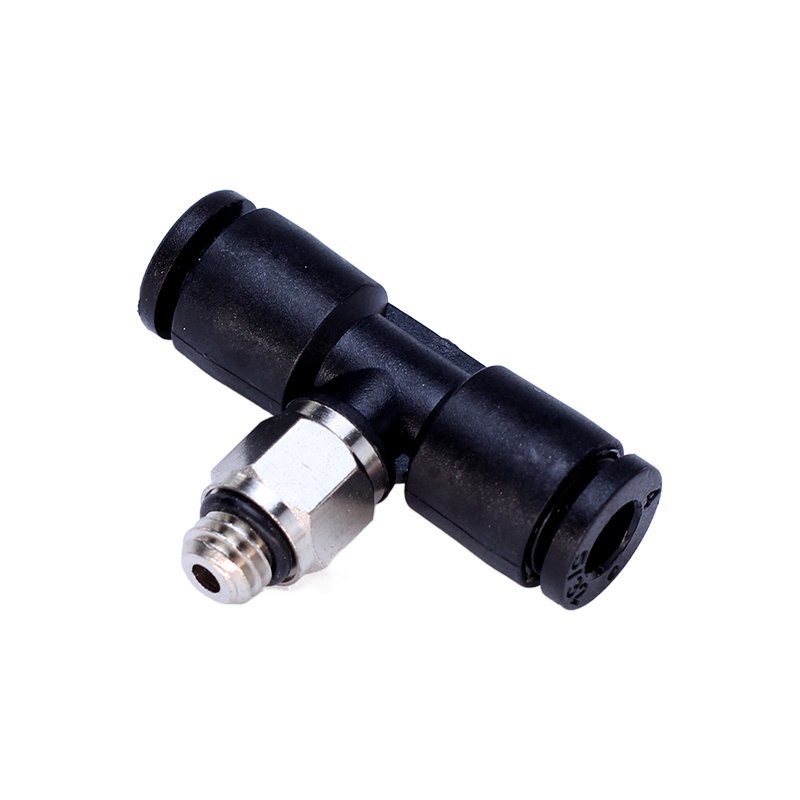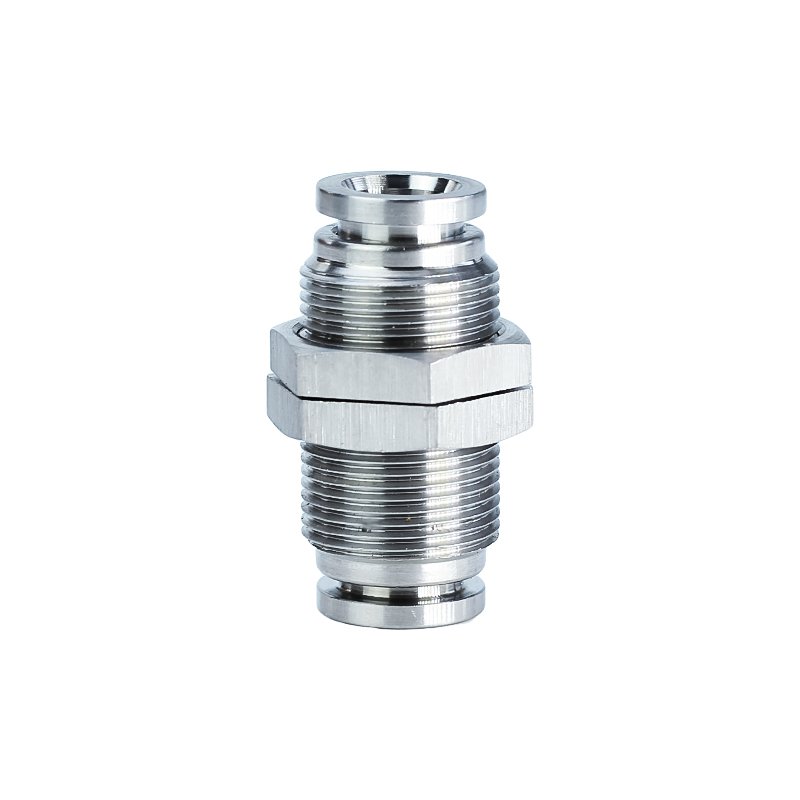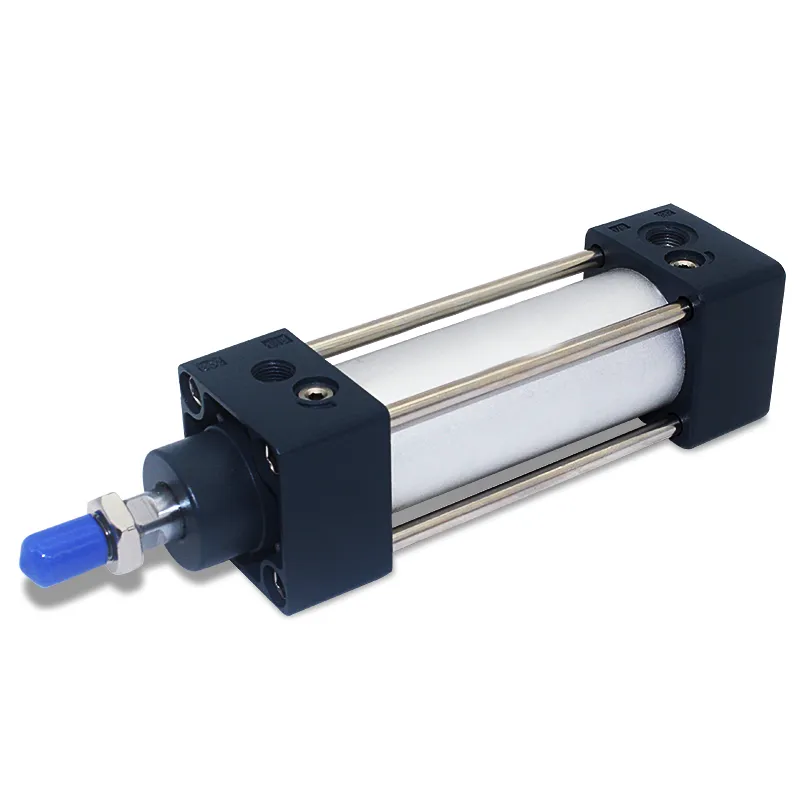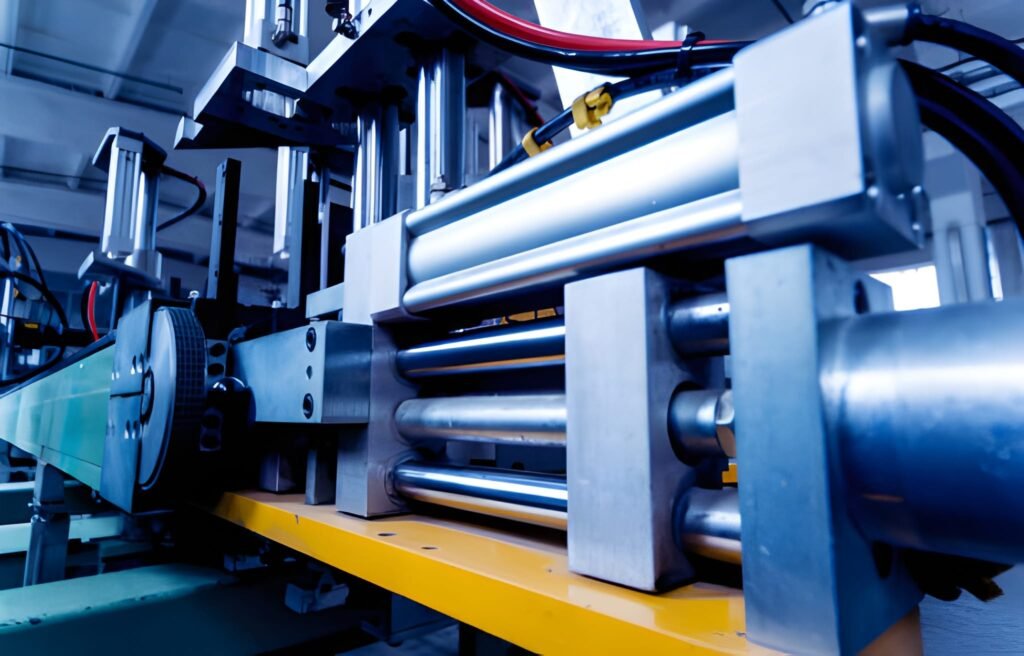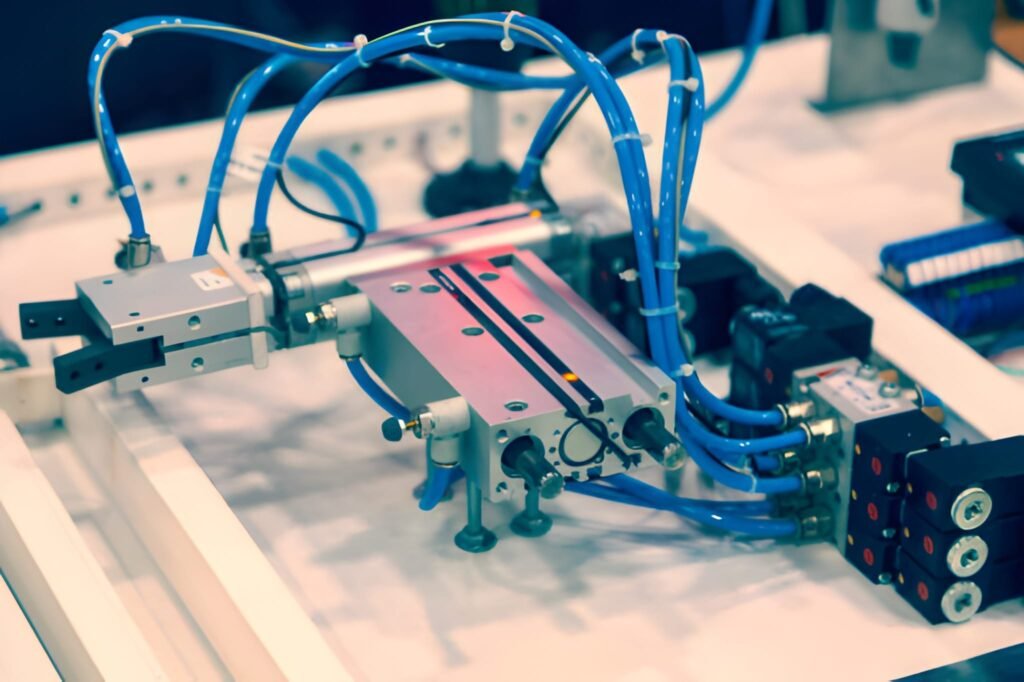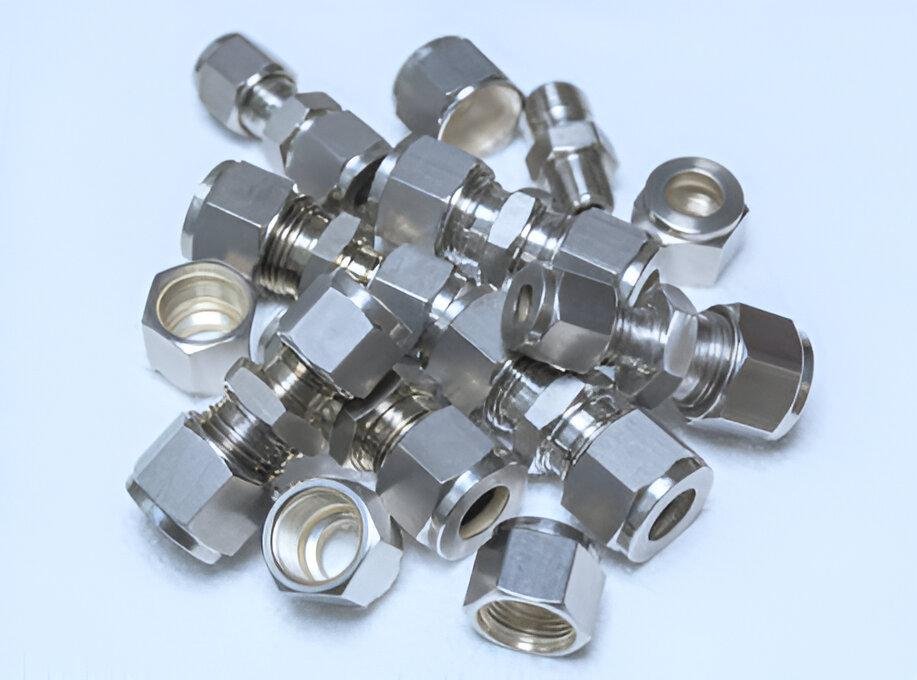Importance of choosing the right copper barb connector
Choosing the appropriate copper barb connector is essential for maintaining the reliability and safety of connections. An unsuitable connector can lead to leaks, disconnections, or damage, negatively impacting the entire system’s performance. Therefore, it is important to consider various factors such as material, size, barb design, sealing capability, and corrosion resistance when selecting a copper barb connector to ensure it meets specific application requirements.
Material Requirements for Copper Barb Connectors
Copper barb connectors are typically crafted from high-quality brass or bronze. These materials offer excellent electrical and thermal conductivity along with mechanical strength, enabling them to endure demanding conditions like high temperatures and pressures. Additionally, brass and bronze possess good machinability, facilitating precise manufacturing and consistency in the connectors. When choosing the material, it is crucial to account for the connector’s application, including the medium’s chemical properties and the operating temperature range, to select the most appropriate copper alloy.
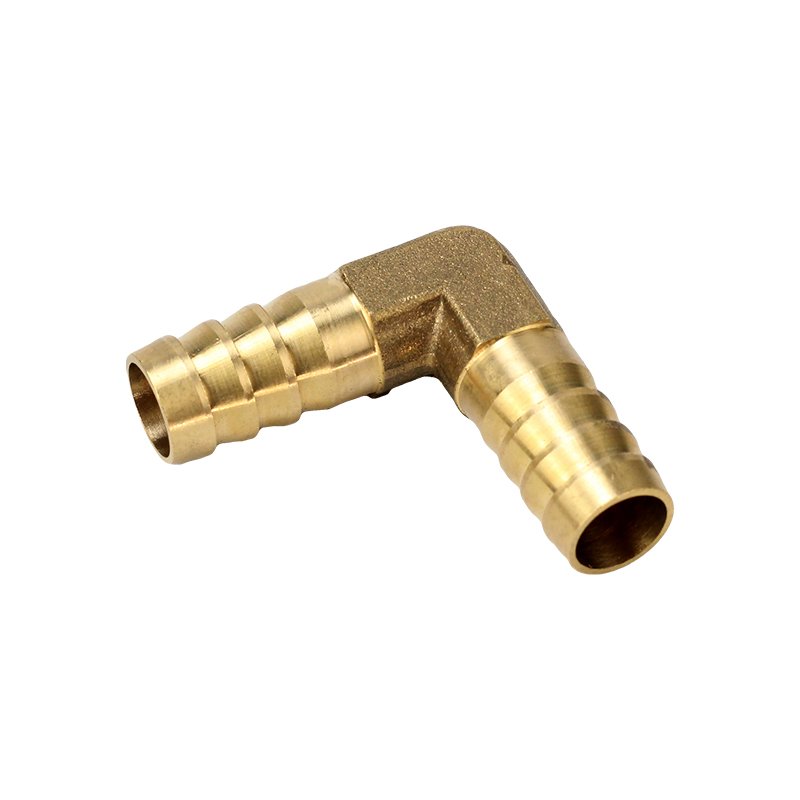
Size and Specification Matching
The size and specifications of a copper barb connector must align with the hose or pipe it connects to ensure a secure and reliable fit. Common sizes include 4mm, 6mm, 8mm, 10mm, and 12mm, which correspond to hoses with varying inner diameters. Furthermore, the connector’s thread specifications must be compatible with other system components, such as BSP or NPT threads. Selecting the correct size and specifications enhances connection efficiency while preventing leaks or damage due to mismatched sizes.
Impact of Barb Design
The design of the barb significantly influences the connector’s performance. Factors such as sharpness, surface finish, and angle can affect connection quality. A well-designed barb securely grips the hose, minimizing the risk of disconnection or leakage. The number of barbs should also be chosen based on application needs; while multiple barbs can enhance connection reliability, they may also increase costs and complexity. Thus, when selecting a barb design, it is important to weigh performance against cost and reliability.
Importance of sealing performance
The sealing capability of a copper barb connector is vital for ensuring system reliability and safety. Effective sealing prevents medium leakage, safeguarding both the environment and personnel. To enhance sealing performance, connectors often utilize O-rings or other sealing elements while ensuring that connection surfaces are flat and finished through precision machining. Proper installation and tightening are also crucial; adhering to specified torque values helps avoid excessive or insufficient tightening.
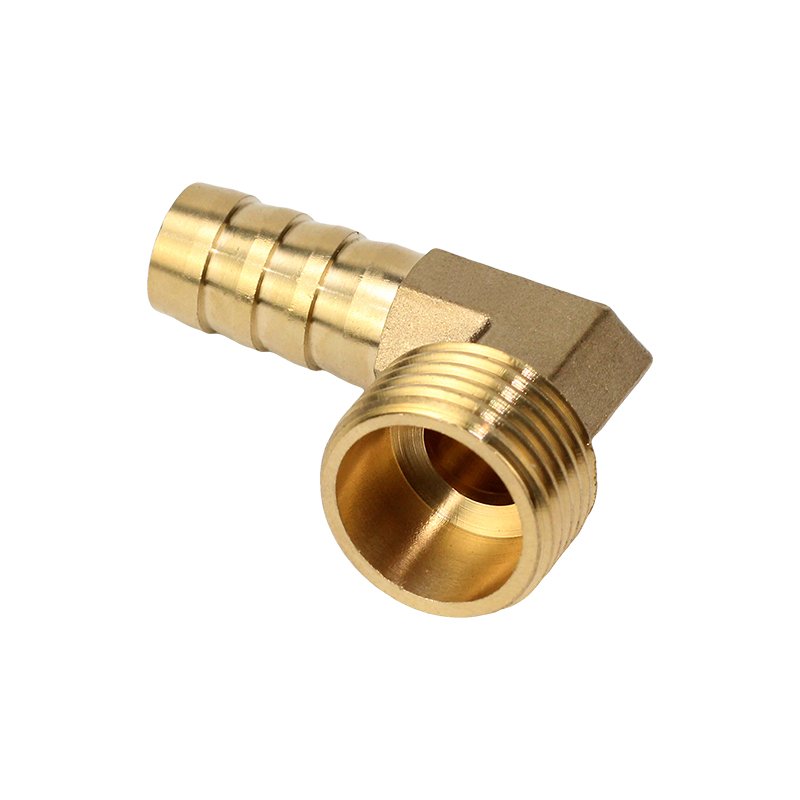
Corrosion resistance considerations
In certain applications, copper barb connectors may encounter corrosive media or environments such as saltwater or acidic substances. This necessitates selecting copper alloy materials with strong corrosion resistance—options include aluminum bronze or stainless steel. Additionally, surface treatment techniques like nickel plating or chrome plating can further enhance corrosion resistance. Choosing suitable materials and surface treatments can prolong connector lifespan while minimizing maintenance and replacement costs.
Expert-Recommended Selection Criteria
Considering all aforementioned factors, experts suggest the following criteria for selecting copper barb connectors:
- Opt for appropriate copper alloy materials like brass or bronze based on application needs to ensure adequate strength and corrosion resistance.
- Select a connector size that matches the inner diameter of the hose or pipe while ensuring thread specifications are compatible with other system components.
- Prefer connectors with optimized barb designs to enhance connection reliability and resistance to pull-off.
- Ensure good sealing performance by using sealing elements such as O-rings when necessary; install according to specified torque values.
- For corrosive environments, choose corrosion-resistant copper alloys or employ suitable surface treatment techniques.
- Select connectors from reputable manufacturers to guarantee quality and consistency.
By adhering to these selection criteria, one can identify the most suitable copper barb connector that ensures system reliability, safety, and long-term performance.

